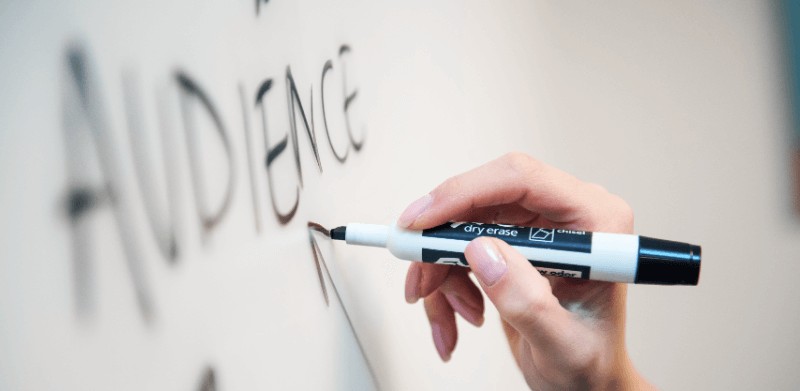What is a custom audience?
A custom audience is an ad targeting option that lets you target people who have already interacted with your business: those who have visited your website or bought something from your store. When you use this option, you can know exactly who’ll be seeing your ads, so you can tailor your messaging accordingly to improve your conversions.
Benefits of using a custom audience
Retargeting lost customers
Not everyone who visits your site will end up making a purchase. Some people also abandon their shopping carts, and it is a major issue for ecommerce retailers. Custom audiences give you the chance to target this lot and turn them into paying customers. You can target these people at a time when they are relaxed and ready to make a purchase. This also gives you a great opportunity to experiment with different messages and check which ones can convert.
Sending targeted messages based on segments
Using custom audiences, you can micro-target the audience that visited particular pages of your website. For example, a company that sells garden supplies can track pages where people view a new planter. Next, the company can send targeted messages to these people on Facebook about that planter and increase the likelihood of conversions. Brands can also make use of custom audiences to block the general audience from a specific offer as well. If you keep a record of subscribers who already bought a product from you, you can adjust campaign parameters and avoid targeting those customers.
Increasing advertising relevancy
The filters in Facebook advertising help companies be more relevant with their messaging and target audiences that are most likely to engage with you. The more relevance in your advertising, the better will be your return on investment. Custom audiences let companies target contextual ads at customers who recently visited the site to lure them to purchase while the service or product is fresh in their minds.
Driving repeat business
Custom audience targeting is not only good for acquiring new customers, but it can also help you gain repeat customers from your subscriber base. When your brand has multiple lists of email subscribers, categorized by their purchase histories, you can ask people to get alerts about new products or enhancements to products they already purchased. By talking to customers on both emails and through Facebook ads, brands can create a highly qualified audience ready to purchase.

Getting the most out of facebook advertising
Businesses using Facebook ads are already well-versed in the advanced analytics tools it offers. Custom audiences let you take your investment to a new level and find people who already like your brand. This feature reduces shopping cart abandonment and improves communication with people who matter the most to your business. In this way, businesses are able to maximize the impact of their advertising budget.
Custom audience rules
When it comes to Facebook’s custom audiences, there are a few rules you must keep in mind. Here are the basics that you should know:
- You can create custom audiences only with the help of data that you have permission to use. While obvious, it’s important to request permission to use people’s data. You cannot collect data from websites or get email lists from people who did not give you their permission to use their data.
- You cannot include people who requested to opt out of your email list in your custom audiences. If you created a custom audience based on customer lists and then some of those customers opted out, you need to update your list. If you base your custom audiences on your own data, you will keep updating it frequently to comply with the rules.
For some companies, these two rules should not be a problem at all. If you respect people and their privacy, you will keep doing good business.
How to create a custom audience on Facebook?
Sign in to your Facebook Ads Manager to create a custom audience. Then click on the dots on the top-left and choose ‘Audiences’.
In the next window, you will pick the first option: Create a Custom Audience. Now, you need to choose where you will source your information for the custom audience. The choices are between your sources and Facebook’s sources. Options include:
- Website
- Customer list
- App activity
- Video
- Lead forms
- Events
- Experience (users who opened your experiences on Facebook or Instagram)
There are so many options when it comes to choosing a data source. You can keep up to 500 custom audiences on Facebook. So start with where you have the most data and try to experiment a little.